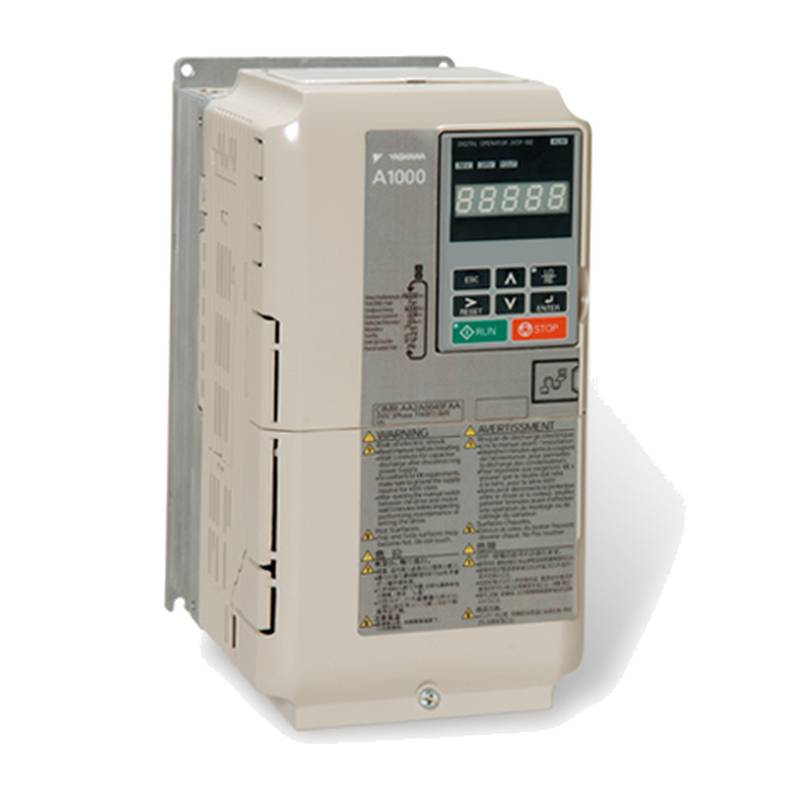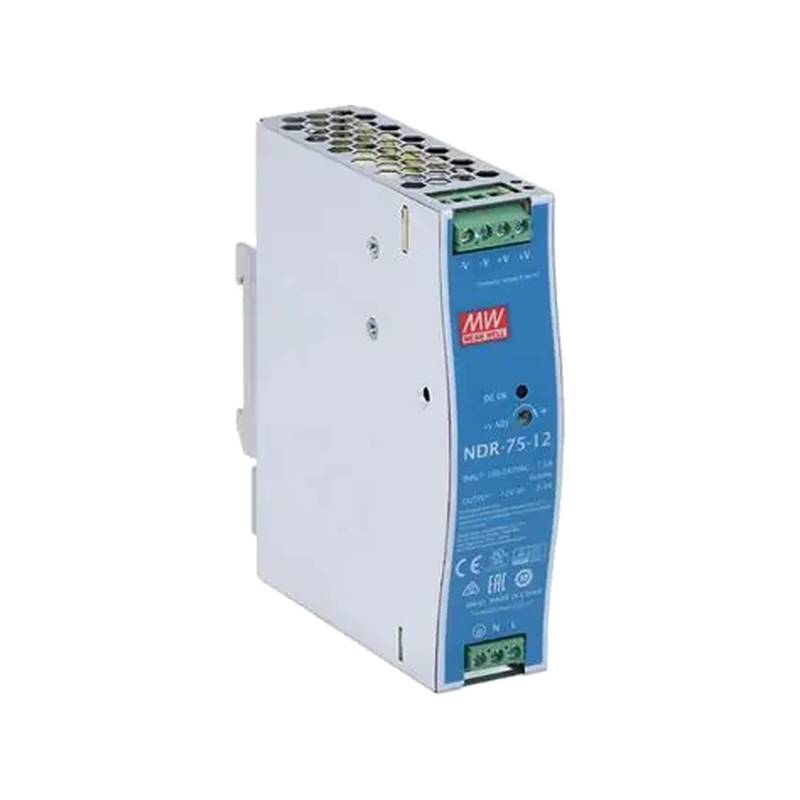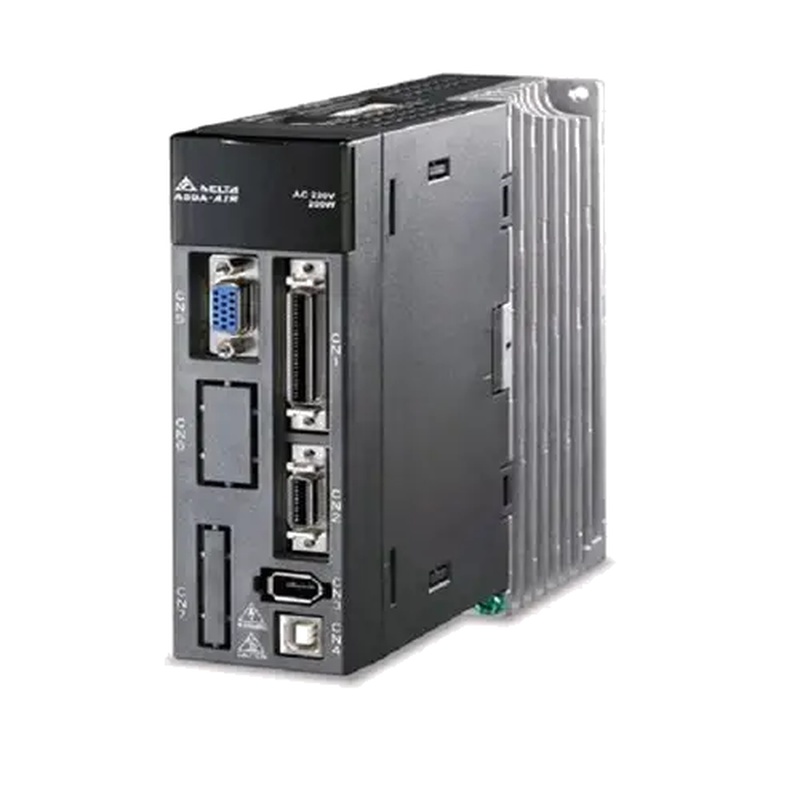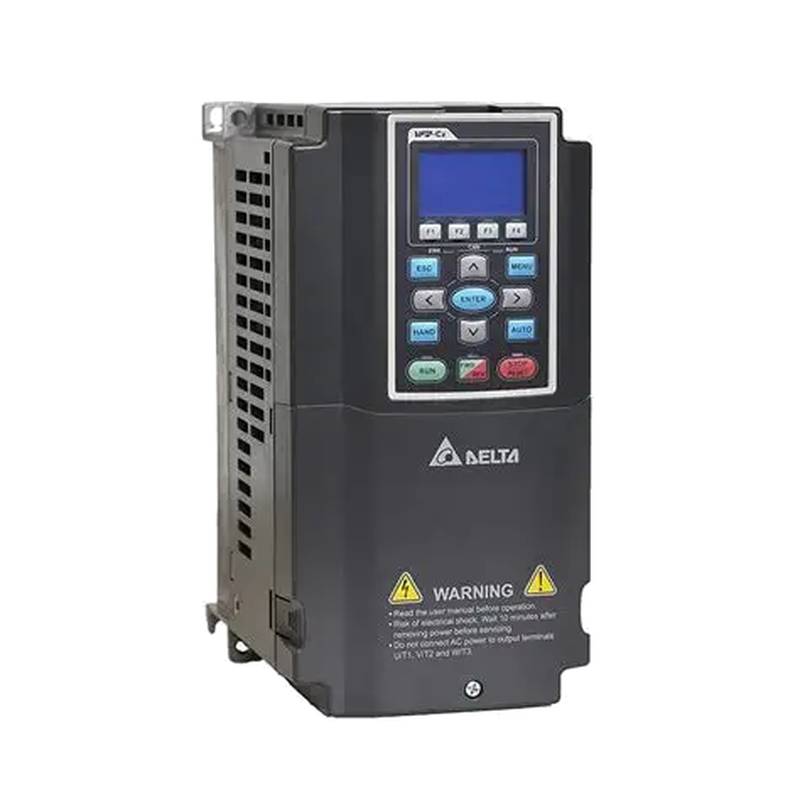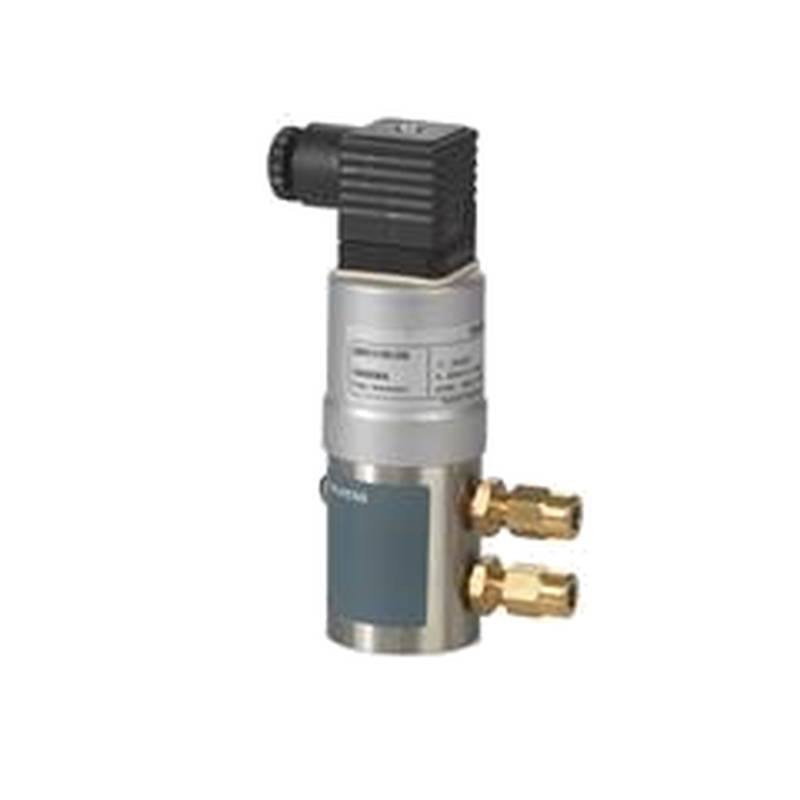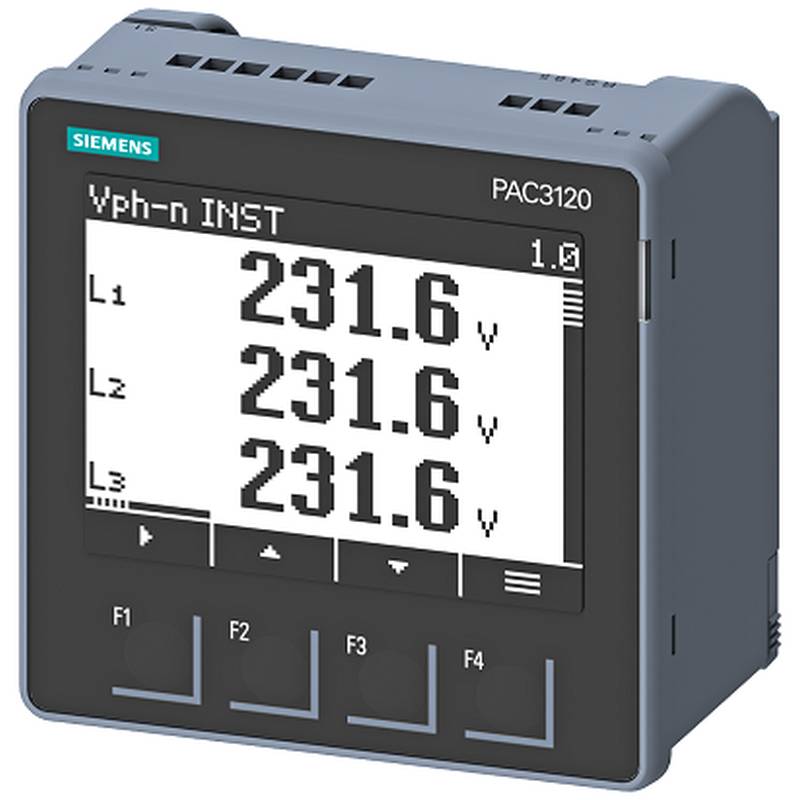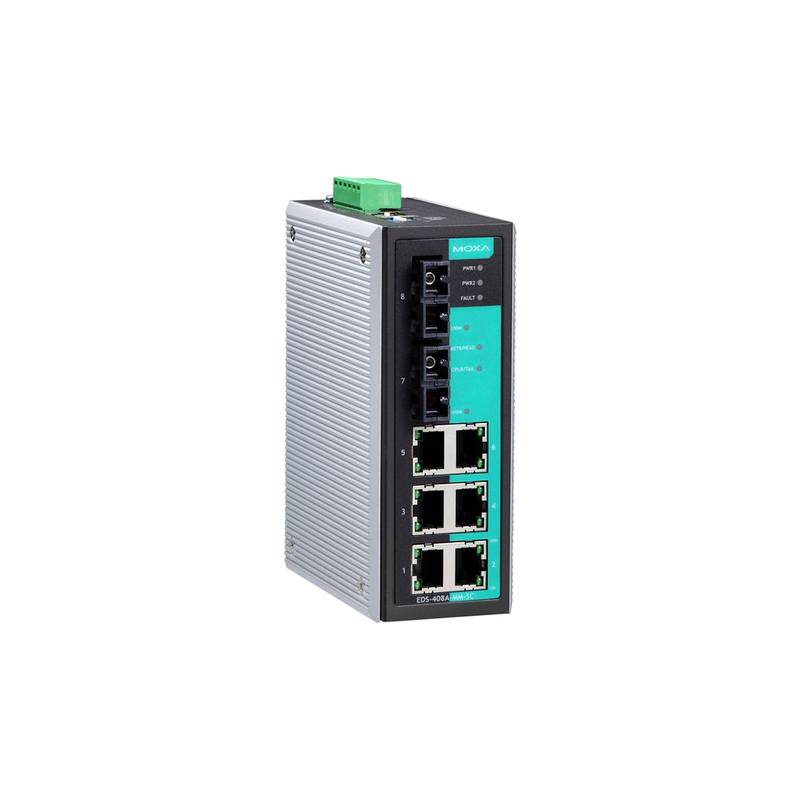
The ABB ACS355-03E-38A0-4 Variable Frequency Drive (VFD) stands as a robust and versatile solution for industrial drive systems, engineered to deliver precise motor control and enhanced operational efficiency. This compact yet powerful drive boasts a 38A current rating and an 18.5kW power capacity, making it ideally suited for a wide array of demanding industrial applications. Its core advantages lie in its energy-saving capabilities, user-friendly interface, and exceptional reliability, all of which contribute to a significant reduction in operational costs and increased productivity. The ACS355 series is recognized for its advanced control algorithms, robust construction, and adaptability to diverse environmental conditions, positioning it as a leading choice for original equipment manufacturers (OEMs) and end-users alike.
Product Specifications
| Parameter | Value |
| :---------------------- | :------------------------ |
| Model | ACS355-03E-38A0-4 |
| Rated Current (Output) | 38 A |
| Rated Power | 18.5 kW (25 HP) |
| Input Voltage | 380-480 V, 3-phase |
| Output Frequency | 0-500 Hz |
| Protection Class | IP20 |
| Mounting | Wall, foot, or panel mount|
| Dimensions (H x W x D) | 313mm x 194mm x 177mm |
| Ambient Temperature | -10°C to +50°C (derating) |
Core Features & Market Positioning
The ABB ACS355-03E-38A0-4 distinguishes itself in the industrial VFD market through its advanced features and unwavering reliability. Its differentiating technology includes a highly efficient motor control, capable of operating both induction and permanent magnet motors with exceptional precision. The drive's adaptive programming capabilities allow for tailored application solutions without extensive external components, simplifying integration and reducing engineering time. Furthermore, its built-in safety functions, such as safe torque off (STO), significantly enhance operational safety, a critical factor in industrial environments. This combination of performance, flexibility, and safety positions the ACS355 as a superior choice for applications demanding high efficiency and dependable operation, outperforming many competitors in its class.
Key Application Scenarios
This ABB ACS355 VFD is engineered for a broad spectrum of industrial applications where precise speed control and energy efficiency are paramount. It excels in pump and fan applications, optimizing flow rates and reducing energy consumption in HVAC systems, water treatment plants, and ventilation systems. Conveyor systems benefit from the drive's smooth acceleration and deceleration, ensuring product integrity and efficient material handling in logistics and manufacturing. In general machinery, the ACS355-03E-38A0-4 provides reliable motor control for mixers, crushers, extruders, and other process equipment, contributing to increased throughput and reduced wear on mechanical components. Its robust design also makes it suitable for more challenging environments within the food and beverage, material handling, and textile industries.
Practical System Integration Guidance
Integrating the ABB ACS355-03E-38A0-4 into existing industrial systems is streamlined due to its user-friendly design and comprehensive communication options. Installation typically involves secure mounting in a well-ventilated area, ensuring compliance with IP20 protection guidelines. Wiring should follow the provided schematics, paying close attention to power input, motor output, and control signal connections. The drive supports various fieldbus protocols, enabling seamless integration with distributed control systems (DCS) and programmable logic controllers (PLCs) for enhanced automation and monitoring. Parameter programming is facilitated by an intuitive keypad and display, allowing for quick setup of motor data, ramp times, and protective functions. For advanced applications, ABB's DriveComposer software offers a PC-based tool for parameter backup, diagnostics, and firmware updates, further simplifying commissioning and maintenance.
Operation and Risk Mitigation
Operating the ABB ACS355-03E-38A0-4 VFD involves understanding its control modes and safety features to ensure optimal performance and mitigate potential risks. The drive offers multiple control modes, including scalar and vector control, allowing selection based on the application's requirements for torque accuracy and dynamic response. Critical to safe operation is the utilization of the Safe Torque Off (STO) function, which reliably prevents the motor from generating torque, thereby safeguarding personnel during maintenance or emergency situations. Common troubleshooting involves checking error codes displayed on the keypad, which correspond to specific fault conditions such as overcurrent, overvoltage, or thermal overload. Adhering to the manufacturer's guidelines for parameter settings, motor compatibility, and environmental conditions is crucial to prevent premature failure and ensure long-term, reliable operation.
Scalability & Long-Term Value
The ABB ACS355-03E-38A0-4 VFD offers significant long-term value through its inherent scalability and compatibility within ABB's extensive drive ecosystem. Its modular design and support for various communication protocols allow for easy integration into larger, automated systems and future upgrades. The drive's robust build quality and energy-saving capabilities contribute to reduced total cost of ownership by minimizing energy consumption and extending the lifespan of connected machinery. Furthermore, ABB's commitment to innovation ensures ongoing support and potential integration with emerging Industrial Internet of Things (IIoT) platforms, enabling advanced diagnostics, predictive maintenance, and remote monitoring capabilities, thus maximizing the return on investment and ensuring future-proof operation.
Frequently Asked Questions
What is the maximum motor size for the ABB ACS355-03E-38A0-4?
The ABB ACS355-03E-38A0-4 VFD is rated for 18.5 kW (25 HP). This is the primary specification for motor sizing.
It is designed to drive motors with output currents up to 38A. Ensure the motor's full load current does not exceed this.
Always consult the motor nameplate and the VFD manual for precise compatibility and derating factors based on application and environment.
How do I connect the ABB ACS355-03E-38A0-4 for basic operation?
For basic operation, connect the main power supply to the L1, L2, L3 terminals. Connect the motor to the T1, T2, T3 terminals.
Use control terminals for start/stop commands and speed reference signals (e.g., analog input). Refer to the manual for specific terminal functions.
Ensure proper grounding of both the VFD and the motor for safety and optimal performance.
What are the common fault codes for the ABB ACS355-03E-38A0-4?
Common fault codes include F0001 (Overcurrent) and F0002 (Overvoltage). These indicate issues with the motor or power supply.
F0005 (Overtemperature) suggests overheating of the drive, requiring better ventilation or reduced load. F0010 (Motor thermal protection) points to motor overheating.
Always consult the ACS355 manual for a complete list of fault codes and their specific troubleshooting procedures.
Can the ABB ACS355-03E-38A0-4 be used with permanent magnet motors?
Yes, the ACS355 series supports control of permanent magnet (PM) motors. This offers higher efficiency in many applications.
It requires specific parameter settings within the VFD for optimal PM motor performance. Consult the manual for configuration details.
Ensure the PM motor's voltage and current ratings are within the VFD's capabilities for safe and efficient operation.
What is the protection class (IP rating) of the ABB ACS355-03E-38A0-4?
The ABB ACS355-03E-38A0-4 has an IP20 protection rating. This means it is protected against solid objects greater than 12.5mm.
IP20 rated drives are intended for installation in control cabinets or areas where they are protected from direct contact and harsh environmental elements.
Ensure adequate ventilation and protection from dust, moisture, and corrosive substances to maintain the drive's integrity and operational life.
How do I set up the speed reference for the ABB ACS355-03E-38A0-4?
Speed reference can be set via the drive's keypad for manual control or through analog inputs (e.g., 0-10V or 4-20mA) for external control signals.
Digital inputs can also be configured for preset speeds, allowing for quick selection of common operating points.
Ensure the selected speed reference source in the VFD parameters matches the physical wiring and desired control method.
What communication protocols does the ABB ACS355-03E-38A0-4 support?
The ACS355 series supports various fieldbus protocols, often via optional adapter modules. Common options include Modbus RTU, Profibus DP, and DeviceNet.
These protocols enable seamless integration into industrial automation networks for remote control, monitoring, and diagnostics.
Verify the specific communication module installed or compatible with your ACS355-03E-38A0-4 model to ensure network integration.
How does the Safe Torque Off (STO) function work on this drive?
The STO function provides a hardware-based safety feature that prevents the drive from generating motor torque. It is a dual-channel input.
When activated, STO ensures the motor cannot be unintentionally started or driven, providing a safe state for maintenance personnel.
STO does not remove power from the drive; it only disables the output stage, keeping the drive ready for immediate restart once the STO condition is cleared.
What is the ambient temperature range for operation?
The ABB ACS355-03E-38A0-4 can operate within an ambient temperature range of -10°C to +50°C.
Operation at the higher end of this temperature range may require motor and drive derating to prevent overheating.
Always ensure the drive is installed in an environment that allows for adequate airflow and heat dissipation according to the manual's specifications.
Where can I find the user manual for the ABB ACS355-03E-38A0-4?
The official user manual can be downloaded from the ABB website. Search for the product model number.
The manual contains detailed information on installation, wiring, parameter settings, troubleshooting, and safety precautions.
It is crucial to thoroughly review the relevant sections of the manual before installation and operation to ensure correct usage and safety.
















